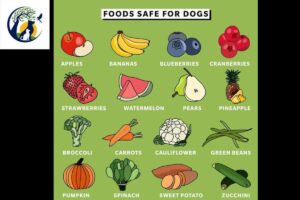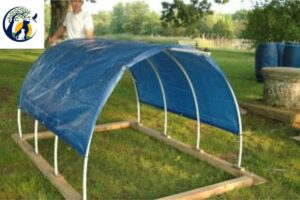Introduction

Ensuring furry friend safety at home
Welcoming a furry friend into your home is a delightful experience, but it also comes with the responsibility of ensuring their safety. Just as you would childproof your living space, pet-proofing is essential to protect your furry friend from potential hazards. From toxic plants to safe foods and creating a friendly environment, here’s a comprehensive guide to keeping your pet safe and sound at home.
furry friend-Proofing Your Home

Ensuring furry friend safety at home
Secure Hazardous Areas: Begin by identifying hazardous areas like balconies, open staircases, or rooms with sensitive equipment. Use gates or barriers to restrict your pet’s access to these zones, reducing the risk of accidents.
Hide Cords and Wires: dogs, especially puppies and kittens, are often tempted to chew on cords and wires, which can lead to electric shocks or ingestion of harmful materials. Use cord organizers and keep wires out of reach.
Lock Away Chemicals: Cleaning agents, pesticides, and other chemicals should be stored in cabinets that are inaccessible to furry friends. Even seemingly harmless items like antifreeze can be fatal if ingested.
Toxic Plants and Safe Foods
Beware of Toxic Plants: Certain plants are toxic to pets when ingested. Examples include lilies, poinsettias, and philodendrons. Before bringing plants indoors, research their safety for pets, and opt for pet-friendly alternatives if needed.
Safe Foods for dogs: While sharing a treat with your pet is enjoyable, not all human foods are safe for them. Chocolate, grapes, onions, and garlic can be toxic to pets. Stick to pet-safe treats like plain cooked meats or specially formulated pet treats.
Creating a furry-Friendly Environment

Ensuring furry friend safety at home
Choose furry friend-Safe Decor: Opt for friendly furniture and decor that is easy to clean and won’t pose a hazard to your furry friend. Avoid items with small parts that can be chewed or swallowed. Cat exercise is also easier when you have more than one cat, as they can play together. Treat-holding or treat-dispensing toys are great for making your pet work for each meal, which reduces overfeeding and overeating and encourages active play.
Comfortable Resting Spaces: Create cozy resting spots for your pet throughout the house. Providing designated sleeping areas can prevent them from seeking out potentially dangerous spots, like behind appliances.
Regular Exercise and Stimulation: A bored pet can get into mischief. Ensure your pet receives enough physical exercise and mental stimulation. Interactive toys, scratching posts, and puzzle feeders can help keep them engaged.
Regular Vet Check-ups: Schedule regular veterinary check-ups to ensure your pet’s health and address any potential issues before they become serious. Keeping up with vaccinations and preventative medications is crucial.
Another tip for furry friend safety is to provide them a comfortable temperature in the house when you leave. In certain times of the year, like extreme cold winters and hot summers, the temperature in your house would be either too high or too low.
Conclusion
furry friend safety at home is a priority that requires careful planning and consideration. Pet-proofing your living space, being cautious of toxic plants and foods, and creating a friendly environment are all essential steps to take. Remember, your pet’s safety and well-being depend on your proactive efforts to eliminate potential hazards and provide them with a secure and comfortable home. By following the guidelines outlined in this article, you’ll be well on your way to ensuring a safe and happy home for your beloved furry friend.
Thank you for reading. For more such pet-related articles, keep visiting our website
Twitter-https://twitter.com/petcaredunia?t=ec5aPU0-IkIxg_6VpEa8IA&s=09
You Tube- https://youtube.com/@petcareworld?feature=share9
